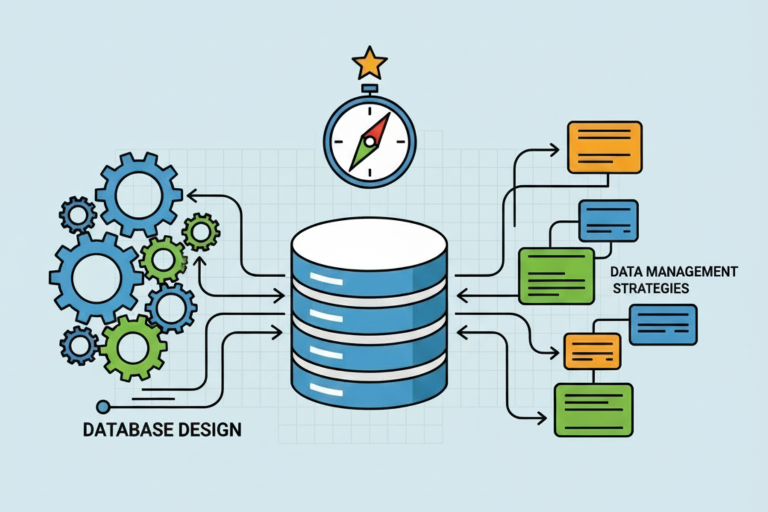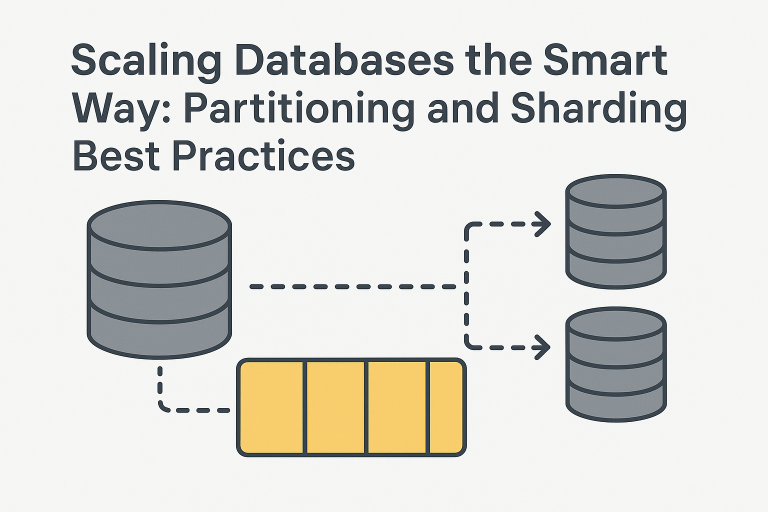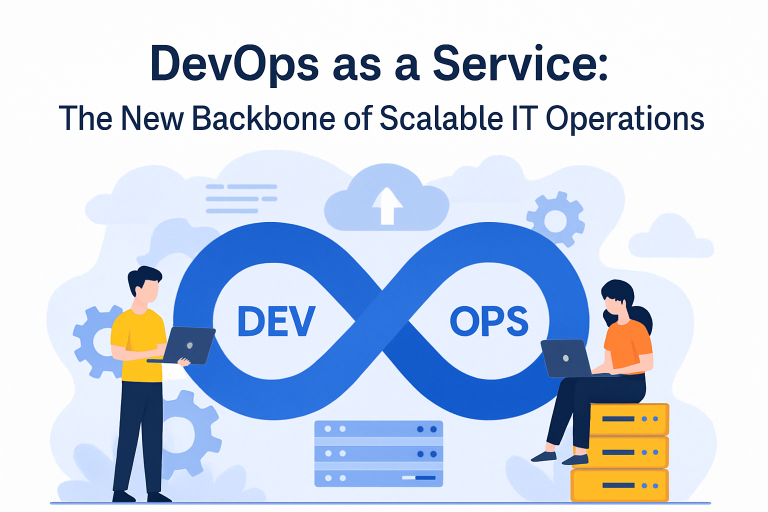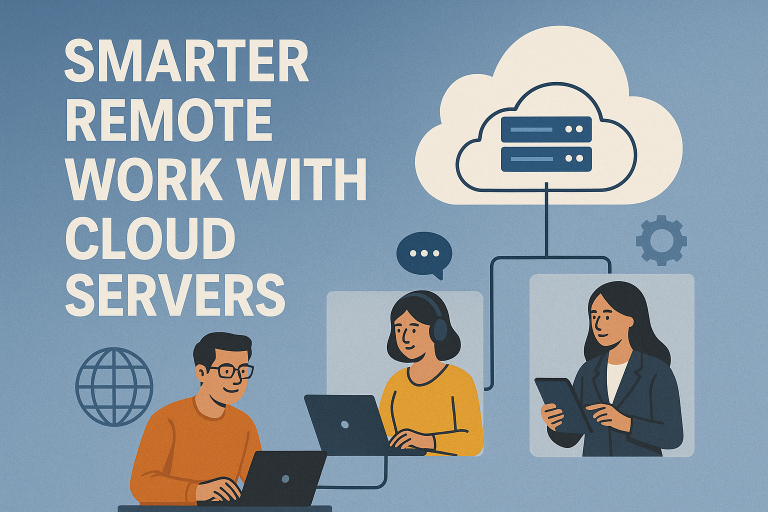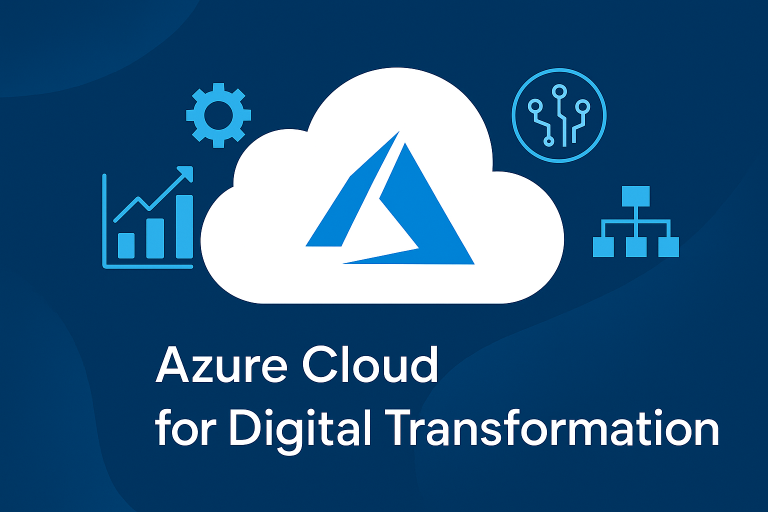
When we talk about software architecture, we basically talk about the plan which describes a set of aspects and decisions that are crucial to the software. This implies taking into consideration all the types of requirements like security, performance, organization system, how the parts communicate with each other, and so on. Going back to the initial thing, it’s necessary to understand that the architecture of the software is really important for all the types of decisions.
Architecture is something that will define all the problems that you might encounter whenever it comes to implementation. It shows the organizational structure and how easy it is to take all the decisions and manage all sorts of changes.
The job queue or the work queue programming model is the one that’s based on the traditional worker/master patterns. In this model, the series of tasks are made for a pool of workers to execute. The master consists of all the data like application logic and the orchestras data flow whereas the workers perform all the specific computational functions that are described by the tasks that are sent to the master.
Why Job Queue is Important in Modern Software Architecture
Data Management – As observed earlier, the work queue provides a mechanism for receiving and sending the data between the master and the worker. This is because the job queue doesn’t assume any shared data storage system and considers the master and the workers to be operating in a distinct sandbox environment. Just before a task is executed, any of the changes that are executable in the input files or the ones that can be transferred from the master to the remote worker are taken care of. Here, with the work queues, everything is possible without any hassle. Work queues help in supporting and transmitting the data which is stored in the memory. Thus, data management becomes easy and flexible.
Fault Tolerance – Work queues are intricately designed to work in a very distributed environment as it provides various measures of fault tolerance. Particularly, it is quite resilient to the communication link failures and will automatically re-schedule the task if it detects a connection drop between the worker and the master. After the execution of the task, the master always requires the output files from the worker for the smooth functioning of the process. If a file is missing or has the wrong permissions, then the task’s status is set up to the output failure. On the whole, the work queue is a state machine which is designed to allow all the tasks to be retried automatically when the intermittent errors like eviction on the remote host or the transmission of failure occur. The job queue allows the users to re-submit the task so that it can be retried again.
Scheduling – Work queues provide multiple scheduling algorithms for selection purposes. There are many processes for the same, like first come first serve, cached files, fastest time, preferred hosts, random process, fast abort, and others. To address all the problems properly, the work queue always provides a quick abort option. By keeping in touch with the stats, you will realize that the average execution of the successful jobs and the success rate of the workers is determined by work queues.
Worker Deployment – The work queue utilizes the TCP based RPC protocol for the coordination of interaction between the master and all the workers as it’s possible for the workers to start anywhere which leads to network connection. Unlike the other systems, where the deployment plus activation of the worker is performed externally with the user rather than the job queue framework. The users will start the work manually, finding the ways that are convenient for them. For some of the processes, it’s a straight forward process that simply runs whenever you want it to. With this, the monitoring and tracking of the workers become easier and they can continue their work easily. This also allows the users to maintain a good worker pool of a great size that is useful for many types of workflows.
Catalog Discovery Service – It’s amazing to know that the work queue supports all the catalog discovery services. If you want to utilize this feature, then you must definitely apply for the project name to the master work queue and inform all the workers to utilize the project name whenever they’re looking up for the master. As soon as the work queue application has a project name, the catalog mode will be enabled, and it will contact a well-known catalog server at the startup to announce it’s availability.
So, what are you waiting for? Enhance your modern software architecture with job queues!
